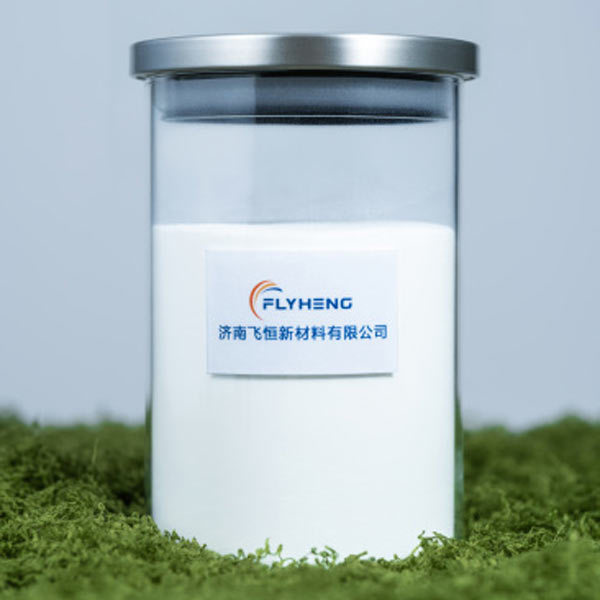Essential Guide to Internal Lubricants for PVC: Enhancing Performance and Durability
Release time: 2025-07-08
When it comes to the processing and performance of PVC (Polyvinyl Chloride), the selection of an appropriate internal lubricant plays a pivotal role. Internal lubricants for PVC are essential additives that improve the flow properties of the material during manufacturing, as well as enhance its overall performance in various applications. Understanding the function and benefits of these lubricants can significantly impact the quality and durability of the final product.
Internal lubricants primarily serve to reduce friction between the PVC polymer chains during processing. This reduction in friction facilitates easier and more efficient processing, whether through extrusion, injection molding, or calendering. By optimizing the flow of the material, manufacturers can achieve more uniform and consistent products, which is crucial in ensuring that the final PVC items meet the required specifications and quality standards.
One of the significant benefits of using internal lubricants in PVC is the enhancement of thermal stability. Many PVC products undergo considerable heat during processing, and the right internal lubricant can help mitigate the risk of thermal degradation. This is particularly important for applications that involve exposure to high temperatures or prolonged processing times. Furthermore, effective internal lubricants can also contribute to a smoother surface finish on the final product, enhancing its aesthetic appeal and functionality.
Another critical aspect of internal lubricants for PVC is their impact on the mechanical properties of the material. By reducing friction and wear during processing, these lubricants can help maintain the integrity and strength of the PVC. This is particularly vital in applications where the material is subjected to mechanical stress, such as in construction materials, pipes, and fittings. A well-lubricated PVC product is more likely to exhibit improved resistance to cracking and deformation over time.
Moreover, the choice of internal lubricant can also influence the compatibility of PVC with other additives. For example, when formulating PVC compounds with fillers, stabilizers, or colorants, selecting the right internal lubricant can enhance the dispersion and effectiveness of these additives. This compatibility not only improves the performance of the PVC compound but also its processing characteristics, allowing for greater flexibility in product design.
In summary, internal lubricants for PVC are indispensable in improving the processing, performance, and longevity of PVC products. By reducing friction, enhancing thermal stability, and optimizing compatibility with other additives, these lubricants play a crucial role in the overall quality of PVC applications. Understanding the importance of these lubricants can lead to better product outcomes and increased customer satisfaction in the competitive landscape of PVC manufacturing.
Internal lubricants primarily serve to reduce friction between the PVC polymer chains during processing. This reduction in friction facilitates easier and more efficient processing, whether through extrusion, injection molding, or calendering. By optimizing the flow of the material, manufacturers can achieve more uniform and consistent products, which is crucial in ensuring that the final PVC items meet the required specifications and quality standards.
One of the significant benefits of using internal lubricants in PVC is the enhancement of thermal stability. Many PVC products undergo considerable heat during processing, and the right internal lubricant can help mitigate the risk of thermal degradation. This is particularly important for applications that involve exposure to high temperatures or prolonged processing times. Furthermore, effective internal lubricants can also contribute to a smoother surface finish on the final product, enhancing its aesthetic appeal and functionality.
Another critical aspect of internal lubricants for PVC is their impact on the mechanical properties of the material. By reducing friction and wear during processing, these lubricants can help maintain the integrity and strength of the PVC. This is particularly vital in applications where the material is subjected to mechanical stress, such as in construction materials, pipes, and fittings. A well-lubricated PVC product is more likely to exhibit improved resistance to cracking and deformation over time.
Moreover, the choice of internal lubricant can also influence the compatibility of PVC with other additives. For example, when formulating PVC compounds with fillers, stabilizers, or colorants, selecting the right internal lubricant can enhance the dispersion and effectiveness of these additives. This compatibility not only improves the performance of the PVC compound but also its processing characteristics, allowing for greater flexibility in product design.
In summary, internal lubricants for PVC are indispensable in improving the processing, performance, and longevity of PVC products. By reducing friction, enhancing thermal stability, and optimizing compatibility with other additives, these lubricants play a crucial role in the overall quality of PVC applications. Understanding the importance of these lubricants can lead to better product outcomes and increased customer satisfaction in the competitive landscape of PVC manufacturing.
 sales@feihengchem.com
sales@feihengchem.com
 +8615665855919
+8615665855919 中文
中文 English
English España
España











